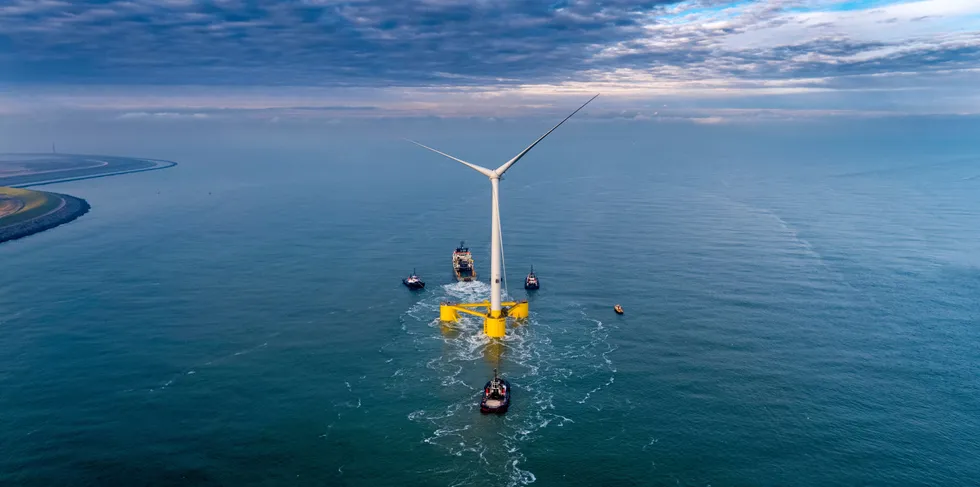COP26 | Scotland flies the flag for North Sea's floating wind future
The UK continental shelf in entering a new era as an energy basin in which floating wind will be a go-to technology in thinking about baseload clean-power, decarbonisation of offshore oil & gas operations and – yes – hydrogen, writes Darius Snieckus
